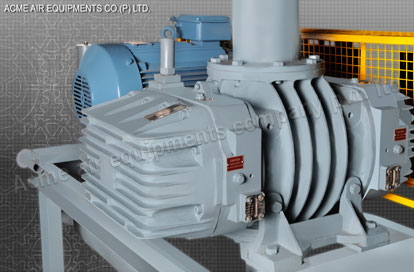Table of Contents
There are several advantages to using a rotary compressor in a process. These include compact design, long service life, and reliability. Let’s take a closer look at some of the features of a rotary compressor. Here are some tips to help you find the best one for your needs:
Oil-flooded Rotary Compressors
The oil-flooded rotary screw compressor is a common type of air compression device. It is used to supply compressed air to a plant or other industrial setting. Oil-flooded compressors contain a lubricant that mixes with the air during the compression cycle. They should be kept as clean as possible because contaminated oil can damage the air end seals.
Oil-flooded rotary compressors are the most efficient type of air delivery machines. They are capable of performing at slightly higher efficiency than their oil-free “dry screw” counterpart. Moreover, they utilize an oil-based lubricant to cool their internal working parts.
Compact Design of Rotary Compressors
A compact design of a rotary compressor incorporates three moving parts. A motor is mounted within the housing, while the rotor and stator define the rotational axis. The rotor includes an integrally formed part that defines the internal compression chamber and an extending vane. Both of these components extend radially inward within the compression chamber. Rotor and stator are connected by an end plate at opposite axial ends. The compact design of a rotary compressor can save a considerable amount of metal.
Long Service Life of Rotary Compressors
A rotary screw air compressor is known for its long service life. They are generally capable of lasting between 60,000 and 100,000 hours before they need to be rebuilt. The lifespan of this type of air compressor can be significantly extended by proper maintenance. Component degradation and structural wear can cause the compressor to require a rebuild, but regular maintenance can keep it running efficiently and smoothly for a long time. Routine maintenance also prevents corrosion and over-pressure and overheating, two factors that can significantly shorten the life of a rotary screw compressor.

A rotary screw compressor has a helical screw at its heart. The screw is driven by a belt drive from the motor or directly coupled to the screw itself. This design of compressor offers benefits such as low noise, high efficiency, and no pulsing during compressed air delivery. It is a durable option for large-scale operations. Long service life is critical, as the manufacturing process can’t run without air.
Reliability of Rotary Compressors
The design of the compressor ensures that there are few moving parts, and the compressor components rotate in only one direction, eliminating fatigue common with other compressor types.
The rotor blades of a rotary compressor are made of high strength material. The low thermal expansion ratio of these materials enables the blades to have tightly held clearances. The rotor blades have an average life of about two years, but can be extended further with proper lubrication. Moreover, the custom-designed bearings in this type of compressor offer a substantial increase in reliability. They can withstand 30,000 hours of operation.
The Bottom Line
A rotary compressor is a relatively efficient way to cool air. It works by compressing liquid refrigerant through a rotary cylinder. A screw compressor, on the other hand, uses a spiral screw to cool air and is quieter. In many home settings, a screw compressor is more desirable. But regardless of the cost, you should know that a rotary compressor will save you money in the long run.



